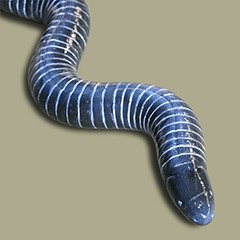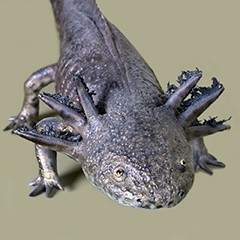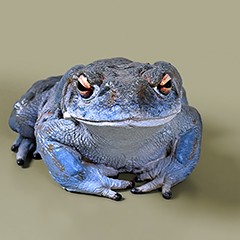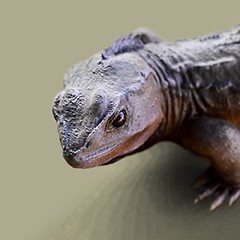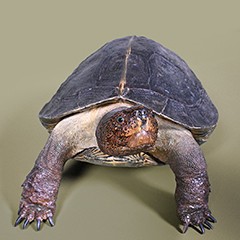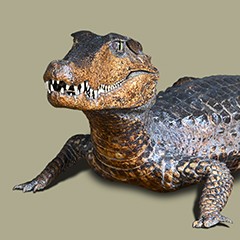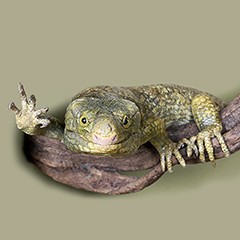Amphibians are vertebrates. They may spend the majority of their lives on land, but typically at least at some point during
their development – usually as eggs or as larvae – they need water to survive. These two life-phases are reflected in their
name: "Amphibia" comes from Ancient Greek and means "both kinds of life".
Adult amphibians also need humid environments to survive as their skin lacks scales, feathers or fur to protect them from
drying out. Amphibians, unlike humans, are ectotherms, which means their body temperature changes with the environmental temperature.
Amphibians were the first vertebrates to develop legs and move onto land. They evolved 380 million years ago from bony fish.
Today we know 8,500 species of amphibians. New ones are being discovered every year.

